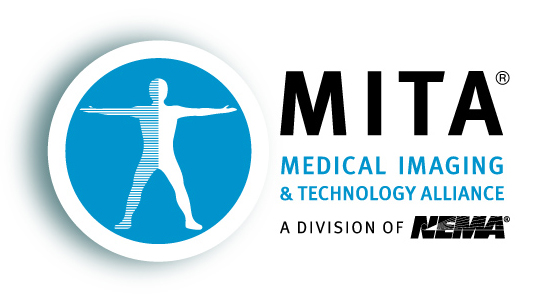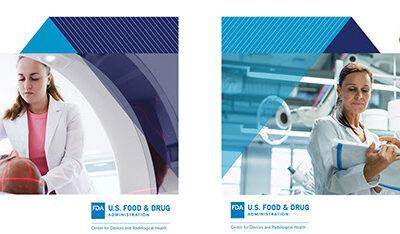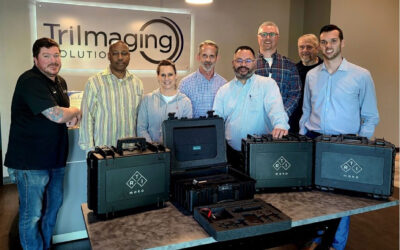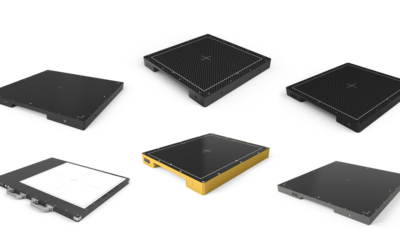 The Medical Imaging & Technology Alliance (MITA) has announced that through the recently reconvened Consortium for Universal Healthcare Credentialing (C4UHC), its parent and standard-setting organization, the National Electrical Manufacturers Association (NEMA), will update the 2019 Standard, the American National Standard for Supplier Credentialing in Healthcare, to include provisions for Personal Protective Equipment (PPE).
The Medical Imaging & Technology Alliance (MITA) has announced that through the recently reconvened Consortium for Universal Healthcare Credentialing (C4UHC), its parent and standard-setting organization, the National Electrical Manufacturers Association (NEMA), will update the 2019 Standard, the American National Standard for Supplier Credentialing in Healthcare, to include provisions for Personal Protective Equipment (PPE).
NEMA and C4UHC understand that extraordinary efforts are being made today to mitigate risk with very limited resources. A goal of the standard would be to align on standards and processes for any future events to mitigate some of the challenges that all stakeholders face today.
As required by American National Standards Institute (ANSI), the development process will engage in an open and transparent discussion with a broad stakeholder group. In the case of ANSI/NEMA SC1 2019 Standards for Supplier Credentialing in Healthcare, more than 45 different stakeholder entities were involved, including healthcare providers, suppliers, distributors, and others. In 2019, NEMA, as a member of C4UHC, together with a broad stakeholder group of healthcare providers, hospitals, suppliers, and vendor credentialing organizations, finalized the Standard for supplier credentialing. At the time, the Standard helped reduce unnecessary costs to the healthcare system while creating efficiencies to improve process efficiencies that ensure access to products and services utilized for patient care.
“As the healthcare industry grapples with the COVID-19 pandemic and aligns on how to safely restart the healthcare economy, MITA and the Consortium recognize the need to come together to address required levels of PPE in a way that protects the safety of patients, providers, and suppliers,” said Dennis Durmis, SVP – Radiology Head of Americas Region, Bayer, and Chair of the MITA Board of Directors. “The utilization of PPE will be increasingly important as we emerge from the pandemic’s peak and using the standard-setting processes through NEMA meets our shared goals of addressing PPE requirements across all healthcare settings.”
“ANSI is the U.S. leader for standards development,” said Mickey Kaufman, Executive Director for C4UHC. “Standards are only certified by ANSI if very specific criteria and processes are followed in their creation. Many healthcare providers and suppliers already conform to ANSI/NEMA standards, so there should be some familiarity for credentialing. Virtually every piece of medical equipment – and the hospital electrical systems they are plugged in to – used in the delivery of care of the patient conforms to ANSI/NEMA standards.”
AORN Executive Director/CEO Linda Groah, MSN, RN, CNOR, NEA-BC, FAAN, recommends a broad collaboration of healthcare providers contribute to the revised Standard. She said: “It’s important there is clarity of purpose among all stakeholder in order to assure their full engagement in the updated processes. This document will perfectly support the AHA/AORN Joint Statement Re-entry Guideance for Healthcare Facilities and Medical Device Representatives.”
The ANSI Standards process mandates equal representation from all stakeholder groups to ensure that the proposed standard is achievable for all parties. If organizations and healthcare stakeholders are interested in participation, please contact The Consortium for Universal Healthcare Credentialing at C4UHC.website@gmail.com before May 30, 2020.








